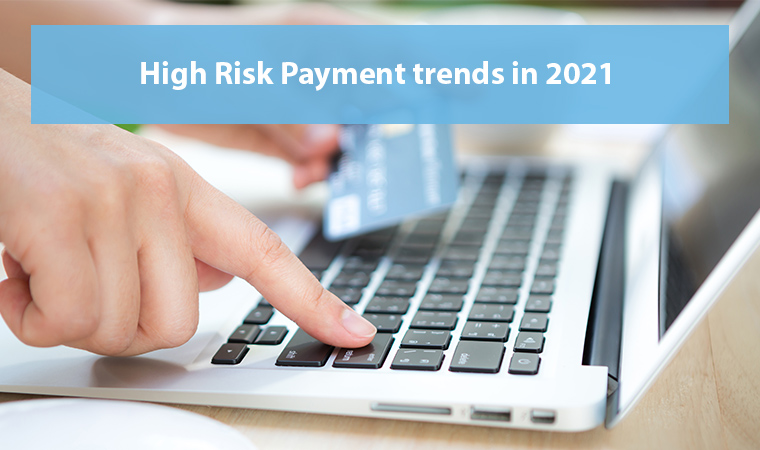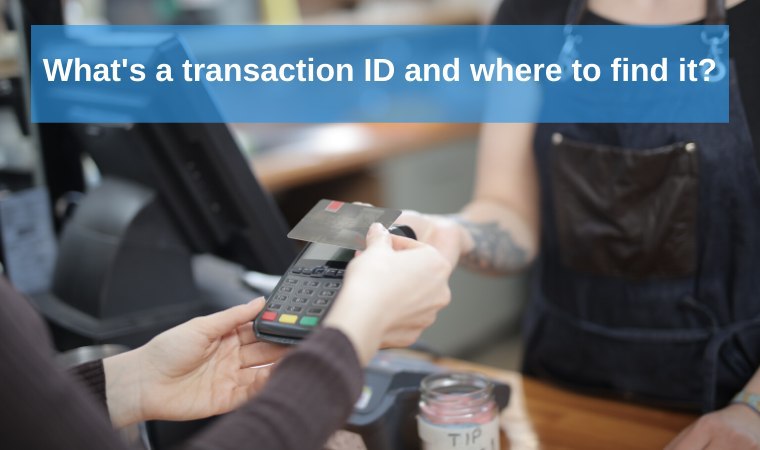5 steps to build a profitable eCommerce website
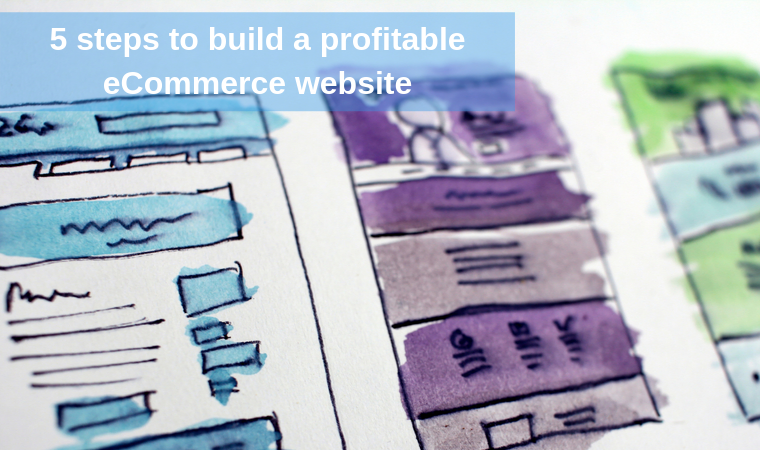
Running your business via an eCommerce website might be a brilliant idea. The number of digital shoppers will reach 2.14 billion in 2021. The audience you can reach is extremely large, but this doesn’t mean everything comes effortlessly.
Customers tend to abandon shopping carts. They won’t give you a second chance if your mobile version doesn’t work properly. Do you offer unreasonably high prices? The shoppers will find another platform to shop on.
But we don’t want to let this happen. The aim of this article is to share five steps to build a profitable eCommerce website. Are you ready to grow your business? Then keep on reading.
Let’s revise 5 steps to build a profitable eCommerce website
1. Do the research
With 7.7 billion people living on the planet Earth, it might be difficult to come up with a business idea in a few seconds. Once you’ve found what you like and ready to start, it’s time to research. Knowing your audience is the concrete to build your h̶o̶u̶s̶e̶ website on.

What is your target market or, in other words, the group of buyers you want to attract to your website?
Collect the information based on the following points:
- Location + language. This will influence your website operation time. Also, you need to keep in mind shopping behavior and traditions based on GEO. Different countries might have specific language requirements. Usually, the pair is the local language(s)+English. Include as many languages as possible for the international website.
Moreover, you can launch promotions based on local holidays. You can experience an overwhelming response for those campaigns as you show your acknowledgment in local customs.
- Age + gender. Gen X, Gen Y, Gen Z… No, we are not learning an alphabet, it’s generations you are most likely to target. Born in different decades, they have different shopping behavior, habits, and preferences. For example, think of reaching Gen X (1965-1980 born) via emails, to appeal to Gen Y (1981-1996) go omnichannel, and be socially active to engage Gen Z (1997-2010).
That’s only a little glimpse of how you can use the generations’ differences. It will also influence the payment methods choice, interface complicacy, etc. Moreover, you can notice gender differences from the industry’s point of view.
- Social class. It can influence many things – for instance, readiness to buy your product. While working customers can eagerly buy a thing, it might be pricey for students or retirees. Also, shoppers on the different life cycles will react at, for instance, bargains differently.
- Interests. Not too obvious at first sight, this point can do its work for you. You can offer a more personalized approach to your clients. You can place ads and banners on the websites your customers may visit, and you can make collaborations. It all depends on your imagination and budget.
After the concrete stands still, let’s move to the bricks.

2. Register your business
Collect the documents to register your business legally. Though it does not directly refer to the website launch, you can’t run the business without completing this step. You can learn more about how to start a business in the Europian Union on the official Your Europe website. Businesspeople from the USA can visit the U.S. Small Business Administration website.
This step is also vital from a financial point of view (it defines the taxes you are going to pay) and shows your trustworthiness to your clients (as you are going to collect users’ data).
3. Build a website
Before going straight to the website construction, you need to choose a name that will represent you. After you picked one, you need to buy it and host it. There are a lot of sites like GoDaddy or Namecheap that offer both domain name registration and eCommerce website hosting services. Moreover, you can buy an SSL certificate to ensure a secure connection on the same website as well.
A decade ago, you needed to employ a whole development department to build a website you need. Nowadays, it’s a lot easier. Sure thing, you can hire a web developer. But platforms like WooCommercwe, Shopify, or Wix, give you broad opportunities.
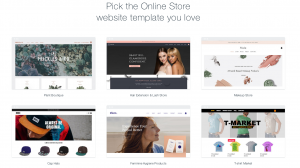
If you have something in mind – build your site from scratch. Still in doubt? Find ready eCommerce website templates that fit your customers’ needs based on your research. As you picked a perfect template, it’s time to customize! Add your logo, change colors to represent your brand identity, upload pictures, and products/services descriptions.
Do you sell tangible goods? Make sure to add Shipping & Delivery and Return & Refund pages in the footer or header.
Don’t forget about mobile optimization. Google now uses a mobile-first algorithm to rank pages. Besides this, 62% of shoppers are less likely to buy from the website if they’ve had a negative mobile version experience.
4. Execute digital marketing and SEO
Your website is ready. What’s next? Make it look stunning and let people hear about you. It’s time your marketing department built brand awareness. There are a couple of activities you may do.
- Buy ads. It’s a task for a SEO specialist. Be present on Google when your potential customers search-related websites.
- Get backlinks. The SEO specialist will also find credible sources to place links to your website.
- Run social media pages. We spend a lot of time there. They’re not only means of communication but also an additional sales channel for you.
- Coordinate strategy across platforms. The omni-digital model plays a significant role nowadays. Ensure everything looks the same, and responses perfectly, be it a smartphone, laptop, or a tablet.
- Write a blog. Show your expertise, entertain, share case studies. Become more than just a store online. Be an advisor and friend for your client.
- Work on the email campaign strategy. It’s a great opportunity to notify customers about new launches, promotions, upsell, or convert shoppers who have abandoned their carts.
Of course, you should not limit your marketing activities to the list we have mentioned. Nevertheless, it gives you an insight into what you can do to enlarge your presence. Combine paid and organic traffic and social channels to reach more people.

5. Find the payment service provider
Last but not least is the payment service provider, the way you accept payments. You need to choose it wisely to make sure payments are smooth and easy for your clients. As you choose your PSP, take into account the following points:
- Fees. They really vary. But spend some time to compare them to choose the reasonable pricing for the processing service.
- Payment methods. Remember, we talked about generations and industries in point #1? Make sure the PSP provides a wide selection of payment methods.
- Currencies. Regarding your target GEO, you need to offer your clients the currencies they use and know. The more the PSP is ready to offer, the better.
- Global presence. If your business requires international presence, choose the PSP that works in 100+ countries and has a wide acquiring bank network.
- Security. The payment processor must be PCI DSS compliant, have anti-fraud and chargeback prevention tools.
This step is extremely weighty as the payment service provider makes sure your website has enough payment methods and currencies, fast processing time, and multiple retry option.
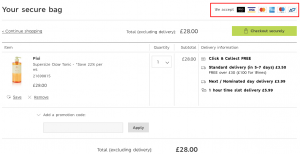
Conclusions
The five steps of building a profitable eCommerce website we shared are the solid base for running your business efficiently. There are no magic tricks, just planning, and consistency.
As it’s clear that each of these steps requires a lot of time, PaySpacelv is ready to help you with step #5. It has decades of experience in the payment processing industry. You can start accepting payments within two business days and grow your company. Simply fill in the merchant form, and let’s build a converting payment page for your website together.
